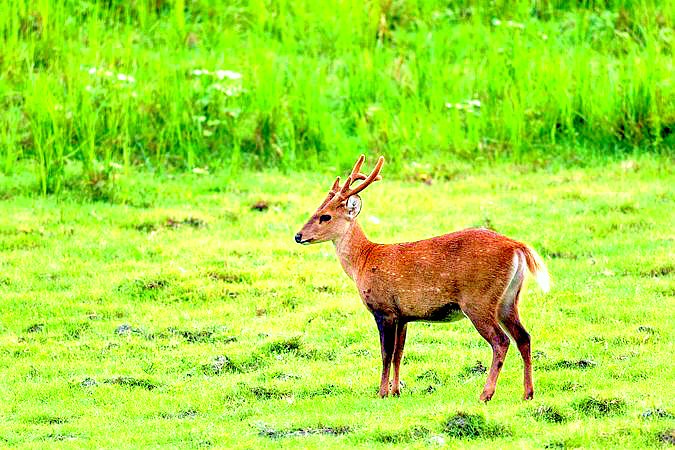| New Photos | Animal News | Animal Sounds | Animal Movies | Upload Photo | Copyright | Korean |
|---|
| Funny Animal Photos | Monsters in Animalia | Wiki Articles Fun Facts about Animals | Links | Home | Mobile A.P.A. |
|---|
| Image Info | Original File Name: Hog deer.jpg Resolution: 675x450 File Size: 134633 Bytes Date: 2020:02:16 07:24:50 Upload Time: 2020:02:16 11:02:24 | |
| Author | Name (E-mail): Shahril (different_world_06@hotmail.com) | |
| Subject | Hog deer (Axis porcinus) | |
 |
| Email : E-Card | Poster | Web Master Delete Edit Info Admin |
| Description | Hog deer (Axis porcinus)
The heavy body of the hog deer gives the animal its name. It is usually solitary but may be seen in groups of up to five animals. The hog deer is found in marshes and near rivers in northern India, Sri Lanka, Myanmar, Thailand and Vietnam. | |
| Copyright Info | AnimmalPicturesArchive.com does not have the copyright for this image. This photograph or artwork is copyright by the photographer or the original artist. If you are to use this photograph, please contact the copyright owner or the poster. |
|
|
|
| |||||||
| CopyLeft © since 1995, Animal Pictures Archive. All rights may be reserved. | ||||||||
Stats